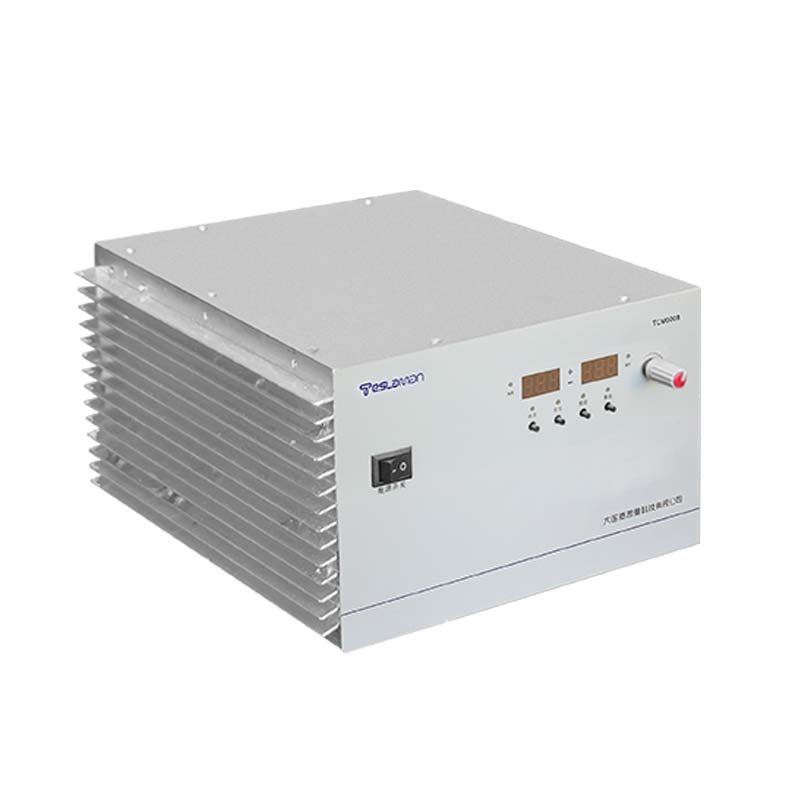Innovative Applications and Development of High Voltage Power Supplies
Introduction
As a critical component of modern power electronics technology, high voltage power supplies have expanded their applications from traditional industrial manufacturing to cutting-edge technological fields. With advancements in materials science, control theory, and semiconductor technology, significant breakthroughs have been achieved in the performance metrics, reliability, and application scope of high voltage power supplies. This article explores the latest development trends in high voltage power supply technology and their innovative application scenarios, analyzes current technical challenges, and prospects future development directions.
I. Current State of High Voltage Power Supply Technology
Modern high voltage power supply technology has completed the transition from analog to fully digital control. The adoption of advanced pulse-width modulation (PWM) techniques and resonant converter topologies has increased conversion efficiency to over 90% in most cases. In terms of insulating materials, the application of new nano-composite dielectrics and high-temperature superconducting materials has significantly improved dielectric strength and thermal stability. The introduction of power semiconductor devices such as silicon carbide (SiC) and gallium nitride (GaN) has enabled switching frequencies to reach MHz levels while reducing switching losses.
The application of intelligent control algorithms represents an important recent breakthrough. Advanced algorithms including adaptive PID control, fuzzy logic control, and neural network control have achieved precise output voltage regulation and fast dynamic response. Additionally, the widespread adoption of modular design concepts has given high voltage power supply systems better scalability and fault tolerance.
II. Innovative Application Fields
1. Medical Equipment Field: In imaging diagnostic equipment, high voltage power supplies provide stable and adjustable tube voltage for X-ray tubes, with new digital control technologies enabling more precise exposure parameters. In cancer treatment, particle accelerators require high-voltage pulse power supplies with nanosecond-level response times, a demand met by newly developed solid-state modulator technology.
2. Environmental Governance Applications: Electrostatic precipitation systems using high-frequency high voltage power supplies have reduced energy consumption by over 30%. In wastewater treatment, plasma generated by high-voltage pulsed discharge can effectively decompose organic pollutants, a technology that has moved from laboratory to engineering applications.
3. Scientific Instrument Support: Precision instruments such as mass spectrometers and electron microscopes place extremely high demands on the stability and ripple coefficient of high voltage power supplies. New power supplies employing multi-stage filtering and real-time compensation techniques have controlled voltage fluctuations within 0.01%.
4. New Energy Field: In photovoltaic power systems, high-voltage DC collection architectures require boost converters above 1500V. Newly developed isolated DC-DC converters have addressed safety issues caused by potential differences between components.
5. National Defense Technology Applications: Electromagnetic launch systems require millisecond-level megawatt pulse power, where new hybrid power supply systems based on supercapacitors and inductive energy storage have made breakthrough progress.
III. Technical Challenges and Development Trends
Despite significant advancements in high voltage power supply technology, several technical challenges remain. Research on insulation material aging mechanisms, electromagnetic compatibility design, and reliability improvement in high-temperature environments require urgent solutions. In system integration, balancing power density with thermal management has become a key design challenge.
Future development trends mainly manifest in the following aspects:
Comprehensive application of wide-bandgap semiconductor devices to further improve efficiency and power density
Application of digital twin technology in power supply lifecycle management
Implementation of fault prediction and health management using artificial intelligence algorithms
Integration of wireless power transfer technology with high voltage power supplies
Development and application of environmentally friendly insulating materials
IV. Conclusion
High voltage power supply technology is undergoing a transformation from conventional electrical equipment to intelligent, high-efficiency, and specialized directions. With continuous expansion of application scenarios and gradual breakthroughs in technical bottlenecks, high voltage power supplies will play key roles in more fields. Future research should focus on three main areas: material innovation, topology optimization, and intelligent control, to meet growing performance demands and challenges in special application environments. Interdisciplinary collaboration will become the main driving force for advancing high voltage power supply technology, providing solid energy support for industrial progress and technological innovation.




















